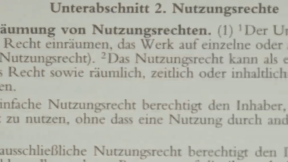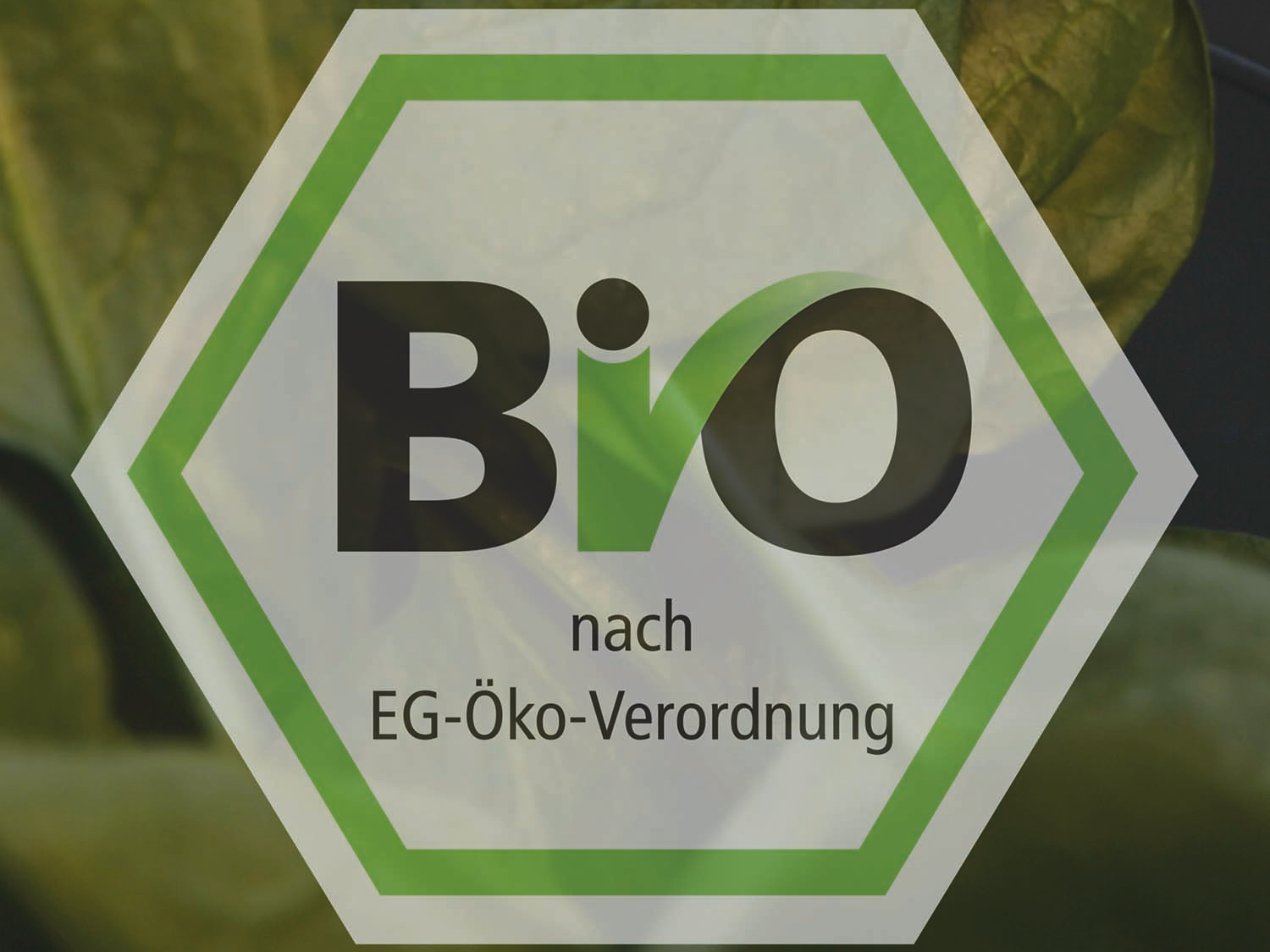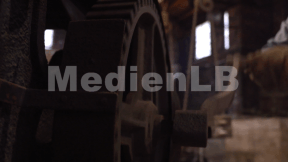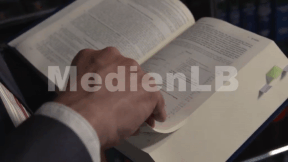 Biology
Biology
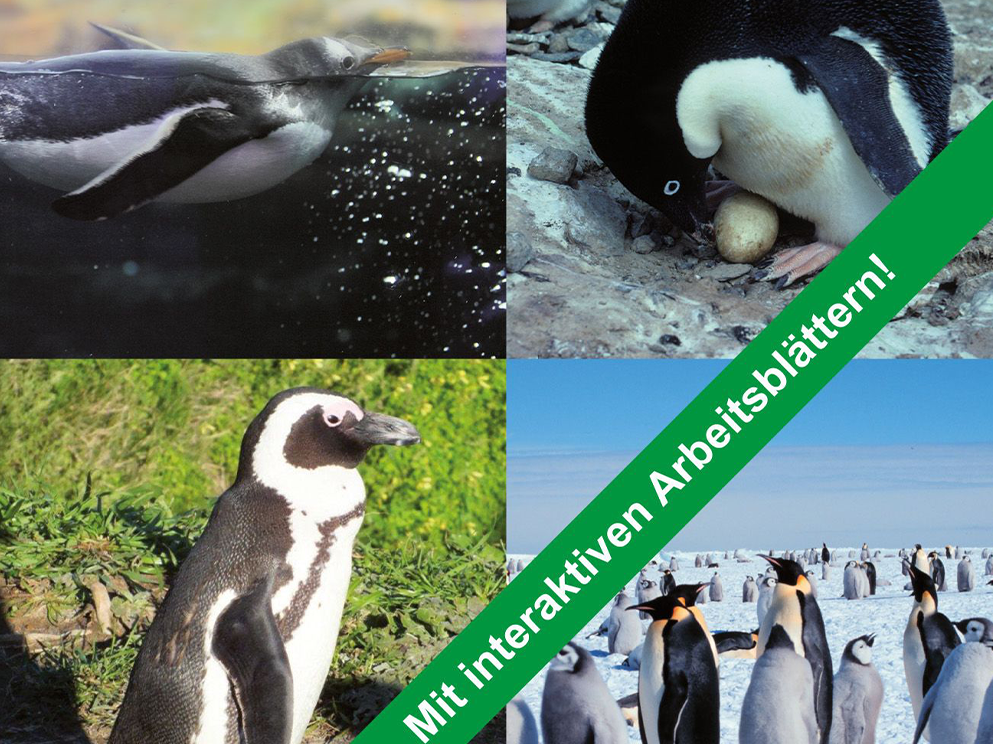
4667671 / 5558930
Penguins
Adaptation to Habitat
Most people know penguins only from the zoological garden. There they arouse many visitors’ interest. This is, on the one hand, because of their peculiar black-and-white colouring, which reminds you of a tail coat, on the other hand, because of their upright walk. We find penguins amusing or funny; but if we knew more about their extraordinary skills, we would not laugh about them but gaze at them in wonder and reverence.
All birds are the result of adaptations in size, form and colour to their habitats and food. However, penguins exhibit several of them and rather extreme ones at that. No other bird manages to breed at temperatures of -60°C losing one third of its body weight in the process. No other bird manages to dive several hundred metres deep and to swim faster than many a fish.
The film reveals quite a few other secrets of penguins and how the birds succeed in surviving with apparent ease in one of the most inhospitable regions of this earth.
Together with the extensive accompanying material the didactic DVD is perfectly suited for use in the classroom.
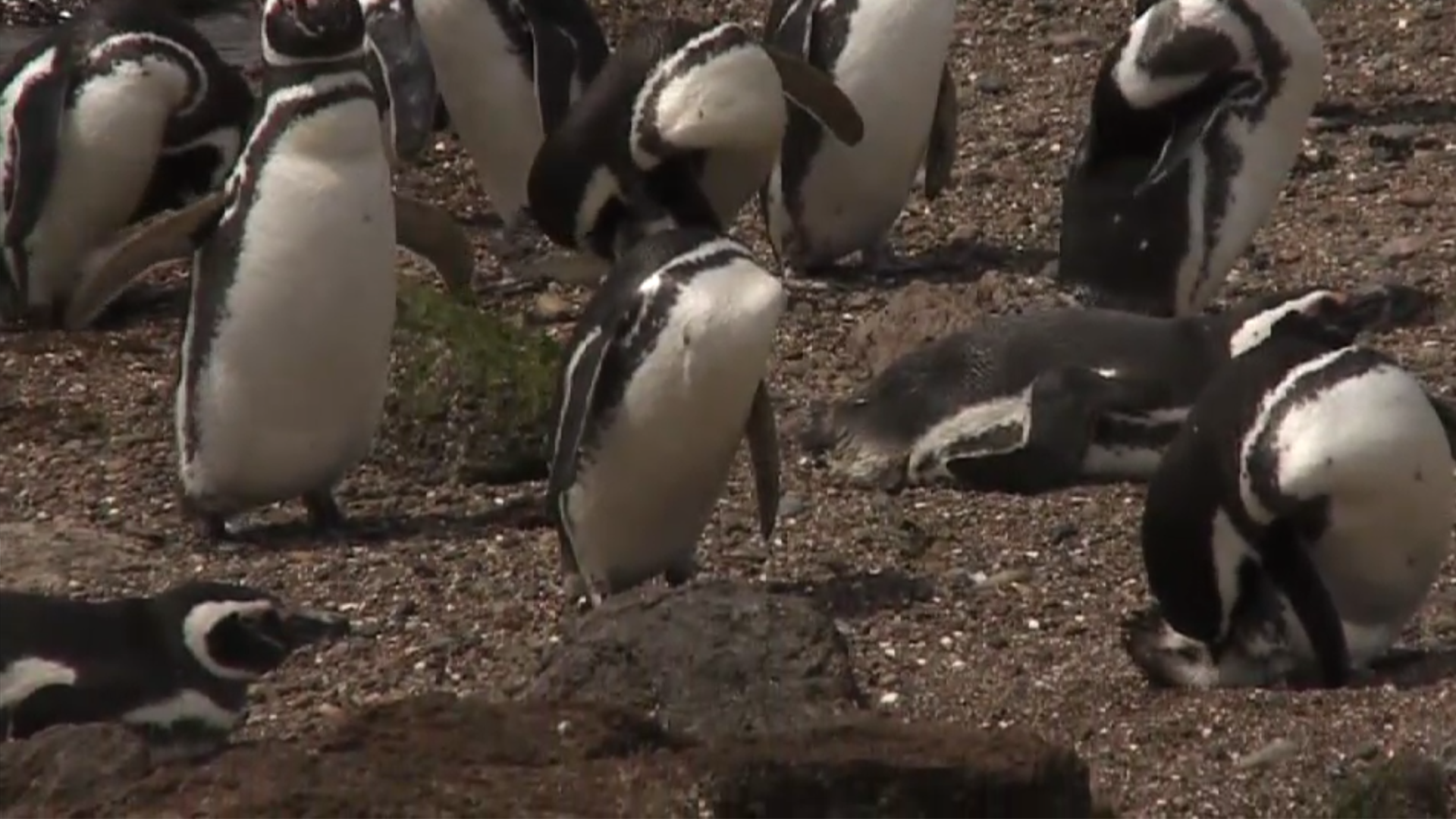
Curriculum-centred and oriented towards educational standards
Matching
Copyright
Copyright is subject to constant change to keep up with technological advances. This film enables the viewer to grasp the basic principles of this extremely intricate matter. By way of introduction, the film defines what an author is, what kinds of works there are and how long a work is protected on principle. Then the fundamental rights of an author are cited and it is shown how these are exploited in our times. In the third chapter, the respective rights are illustrated by way of practice-oriented examples of books, photos, music and films. Here, of course, an emphasis is laid on the field of education, taking into account the latest case law within the EU and Austria in particular. A further chapter highlights the problems arising with the Internet and goes into the citation law and pirate copies. All in all, in this way the viewer is made familiar with the most important basic terms and their meanings. Comprehensive worksheets and additional accompanying material invite us to deepen our knowledge of the subject.
Seal of approval
Quality seals such as the "Bio-Siegel", "Blauer Engel", "Stiftung Warentest" and up to 1,000 other seals represent characteristics such as sustainability, health or safety with regard to a product, a service or even a company.





